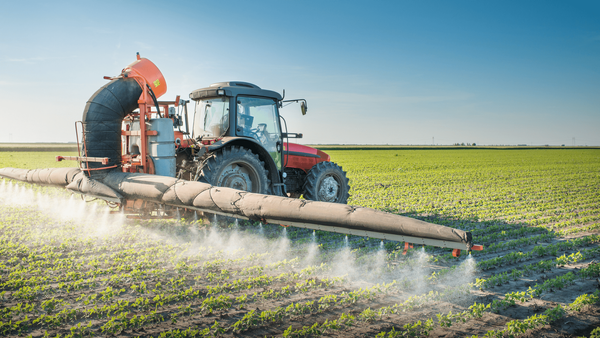Understanding the Emergency Commodity Assistance Program
The USDA's Emergency Commodity Assistance Program offers up to $10 billion in direct payments to farmers for the 2024 crop year. With payment rates ranging from $29.76/acre for soybeans to $84.74 for cotton, ECAP provides critical relief for producers facing rising costs and falling prices.

As farmers across America face the double squeeze of rising production costs and falling commodity prices, the USDA has launched a critical economic relief initiative. The Emergency Commodity Assistance Program (ECAP) will provide up to $10 billion in direct payments to eligible agricultural producers for the 2024 crop year, offering a financial bridge during this period of economic uncertainty.
What you'll learn in this article:
✔️ The purpose and scope of the Emergency Commodity Assistance Program
✔️ Key eligibility requirements that producers must meet
✔️ Payment rates for major commodities and how they were calculated
✔️ Application process, timeline, and payment limitations
✔️ Special considerations for different cropping situations
✔️ How this program fits into broader agricultural support efforts
Commodity Assistance Program: A Vital Financial Lifeline
The Emergency Commodity Assistance Program was authorized by the American Relief Act of 2025 to provide one-time economic assistance payments to eligible agricultural producers. Agriculture Secretary Brooke Rollins officially announced the program on March 18, 2025, emphasizing its role in helping farmers manage rising expenses and secure financing for the upcoming growing season.
This financial relief package represents a significant commitment to sustaining family farms and agricultural security nationwide. The timing is particularly critical, as corn and soybean prices have remained stagnant or decreased since crop insurance prices were set in February. Economists estimate that farmers planting either crop this spring face average losses of approximately $100 per acre.
The program's implementation follows concerted advocacy efforts by agricultural organizations including the National Corn Growers Association and various producer groups, demonstrating the impact of grassroots initiatives in securing federal support for the farming community.





